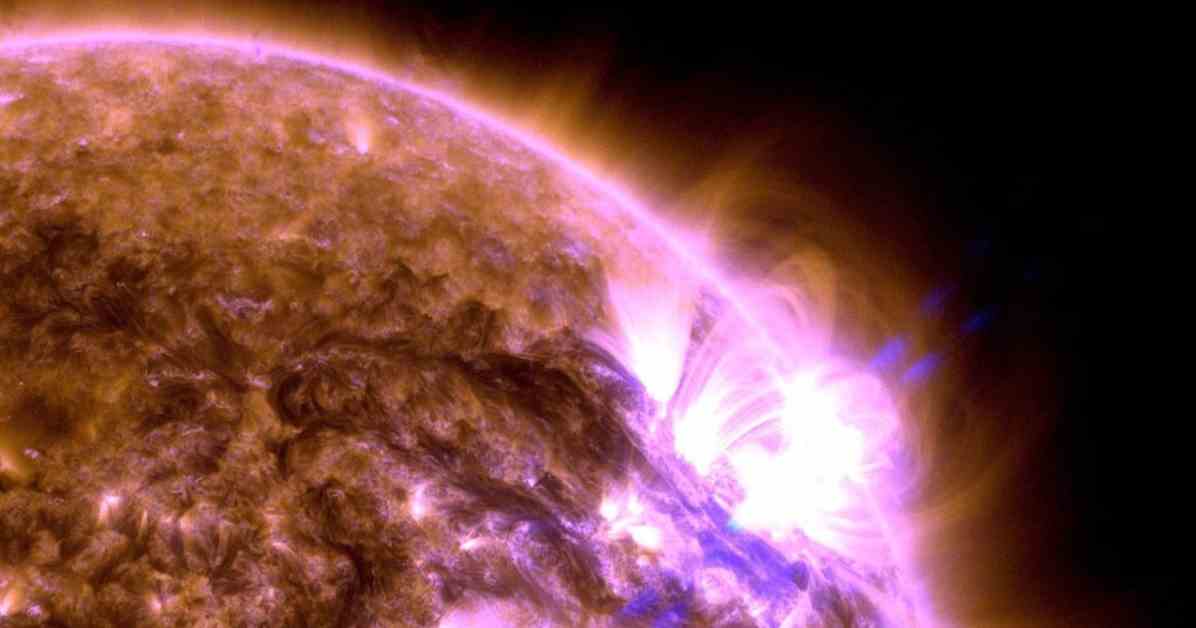The Sun is very active right now, and it’s not just because of the recent total eclipse in April. This year, the Sun has been throwing out fiery flares and releasing clouds of plasma, putting on a spectacular show for viewers around the world. The aurora borealis, also known as the northern lights, has been visible in places as far south as Alabama and Arizona.
The Sun’s behavior is part of its 11-year cycle of activity, which is both reliable and unpredictable. In 2024, the Sun has been particularly active, with massive sunspots unleashing powerful solar flares. These flares have been so strong that they are classified as “X-class,” the most intense on the space weather scale.
Recently, space weather scientists observed five coronal mass ejections (CMEs) coming from the Sun and heading towards Earth. These CMEs can disrupt satellites, radio communications, and power grids on Earth, which is why the NOAA’s Space Weather Prediction Center issued a level 4 geomagnetic storm watch, the first since 2005.
Despite the potential disruptions that solar activity can cause, it is also a fascinating topic in astronomy. The Sun, which is 4.6 billion years old, operates on a timescale that we can relate to, with its 11-year activity cycle. This cycle is a mystery to scientists, as they still don’t fully understand why it operates in this way.
Solar activity, including solar flares and CMEs, can have far-reaching effects beyond Earth. The Voyager 2 probe, for example, felt the impact of these phenomena as it left the Sun’s influence. Understanding and studying solar activity is crucial for protecting satellites, astronauts, and even future space missions.
Looking at the Sun through tools like the Solar Dynamics Observatory can give us a glimpse of its dynamic behavior. The Sun, despite being a distant and massive star, is a reminder of our connection to the cosmos. Its actions, while sometimes disruptive, are a part of the natural order of the universe that we can observe and wonder at.
In conclusion, the Sun’s current activity is a reminder of the vast and mysterious nature of the universe. As we continue to study and learn about the Sun, we deepen our understanding of our place in the cosmos and the forces that shape our world.














